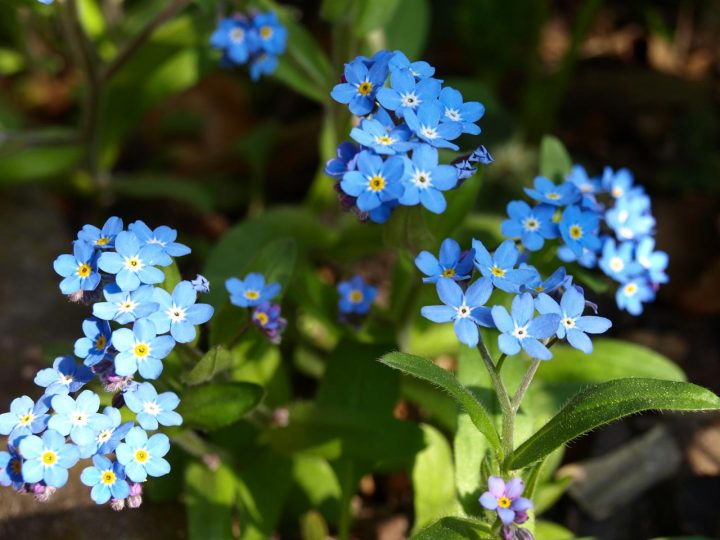
Infilltrator
Luscious rain garden for lots with crushed-in-place basements.
Cost
People
Upkeep
Experience
Stormwater
Sun/Shade
The Infilltrator provides a unique ‘fill’ amenity within the footprint of a recently demolished house — a luscious green rain garden that can manage stormwater from the roofs of up to two neighboring houses.
This lot design incorporates the City of Detroit’s alternative fill practices as the drainage base for a new type of drainage system. The alternative fill consists of concrete foundations, walls, etc. excavated from recently demolished houses and crushed in place. The Infilltrator takes advantage of the porous space existing between the large aggregate by creating a rain garden. This lot design has a sun and shade planting option.
Ideal Location: Residential lots in full sun to shade.
Lot Type
Special Lot Condition
DFC 20 Year Land Use Area
Cost
The Infilltrator is a higher priced lot design. The price is based on hiring a contractor, since there is a significant amount of earthwork including the basement fill requirements. We recommend hiring a professional who is qualified to move earth with machinery. Volunteer options are provided for planting and finishing the lot.
Habitat Benefits
Other Benefits
Green Infrastructure
This rain garden easily manages water from the roofs of two homes or commercial properties while taking advantage of the city’s alternative fill demolition standards. (The alternative fill is a means of crushing basements and concrete walls from a house and leaving them in the basement hole as larger sized gravel). In the absence of a downspout disconnect, the plants selected for this lot design will take better advantage of lots where alternative fill demolition practices are used.
Vegetation and Visibility
This lot design provides moderate amounts of visibility from the street to the alley. The trunk spacing on the trees encourages lines of site through the lot.
Falling Hazard
The Infilltrator includes trees, however, if you follow the design specifications, all trees are located to ensure that basement root intrusion, and potential falling hazards do not occur, and that the city’s plan review requirements are followed. Unmaintained trees create a hazard to neighboring structures. Consider if your Infilltrator might block any daylight. We recommend working with a certified arborist as your trees mature. Please note the trees on the plan are shown at a mature spread. All trees specified will fit within your lot boundaries and have been situated to prevent basement intrusion.
Lifespan
Planting Type
Other Consideration
Build
The Field Guide recommends hiring a professional to build this project, or at least to install the earthwork portion of the lot design. With the help of your friends, family or neighbors, the planting part of this project will take at least two weekends. A large group of volunteers (five sets of hands or more!) organized by a knowledgeable lot leader will be able to complete this in less time. If you would like to install only the plants yourself, please follow the step-by-step directions provided.
Because demolitions occur throughout the warm season, this lot design is divided into two steps: earthworks and planting. The earthworks may occur in every season except winter; the planting is best completed in the spring or fall. Please note that the easiest installation of the Infilltrator will require professional assistance. Finding and hauling your trees and plants will take a bit of time and effort—but by far, preparing your basement hole is the greatest investment of time and resources for this lot design.
Build Time Estimate
Ten hands or more! The volunteer planting part of this lot design should take one to two weekends to complete. The Field Guide recommends hiring a professional for assistance with at least the earthworks part of this lot design. Earthmoving is a craft—when in doubt, reach out for help!
Build Difficulty
Number of People Needed
Neighbor Labor
Time Taken to Build
Build Season
Transportation Intensity
Permit Requirements
Soil State
Other Build Considerations
Upkeep
The Infilltrator requires a moderate amount of maintenance to thrive. Both planting options (shade or sun) will require weeding and watering.
If you are not using a disconnected downspout, plan ahead and remember to think about where and how you will access water for the next month as you help your new plants establish!
The Field Guide recommends connecting with an arborist or taking a workshop on tree health and maintenance. The Greening of Detroit offers a great Citizen Forester program to interested residents.
Seasonal Upkeep Levels
- Spring: Low
- Summer: Medium
- Fall: Medium
- Winter: Low





